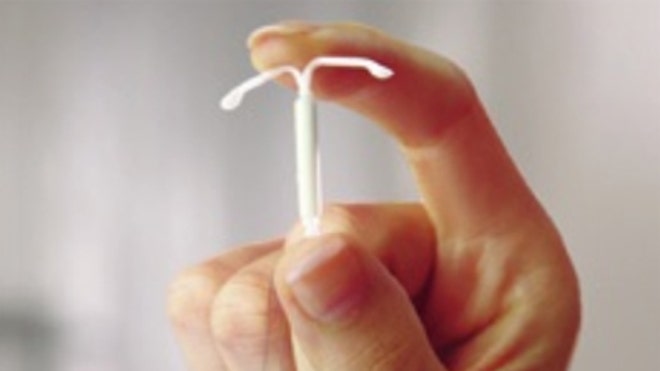
Women using intrauterine devices (IUDs) and other types of long-term reversible birth control after having a baby are less likely to get pregnant again quickly, a new study suggests.
Women who used those methods were four times more likely to wait more than 18 months between pregnancies compared to those relying on condoms, researchers found.
The World Health Organization endorses a two-year period between birth and a woman’s next conception.
Still, one third of all repeat pregnancies in the U.S. occur within 18 months of the previous child’s birth. And a growing body of evidence shows this close timing increases the risk a baby will be born early or at a low birth weight.
The time between pregnancies “cannot be explained only by the mother’s preferences,” Heike Thiel de Bocanegra said.
She and her colleagues from the University of California, San Francisco investigated the link between access to birth control or family planning services and pregnancy spacing.
In the current study of 117,644 California women who’d had at least two children, 64 percent waited 18 months or more between pregnancies and the rest did not.
All women included in the study filed claims through the state’s Medicaid program for the poor, called Medi-Cal, or through health providers offering state-funded family planning services.
The researchers matched data on claims for contraceptives to California’s birth registry.
“We assumed that access to contraception . . . would improve birth spacing,” Dr. Anitra Beasley wrote in an email to Reuters Health.
“This study actually examines this assumption,” she said.
Beasley, who studies family planning at Baylor College of Medicine in Houston, was not part of the current research.
Women who used long-acting reversible contraception, including IUDs or implants, were four times more likely to wait at least 18 months to conceive again, compared to those who only used “barrier” contraceptives like condoms or spermicide.
More than half of women started using birth control pills, the ring or the patch after giving birth. They were twice as likely to wait at least 18 months between pregnancies as condom users.
Those relationships stood firm even when the researchers looked at possible influences like the mother’s race, education, age and whether she was born in the U.S., according to the report published in the American Journal of Obstetrics and Gynecology.
Women in the study counseled by a certified family planning service provider were 67 percent more likely to wait 18 months between pregnancies, compared with women who utilized Medi-Cal services only.
“Low-income women are sometimes seen only once after giving birth,” Thiel de Bocanegra said.
“Some women receive contraception – some do not,” she said.
Women in the study received four months worth of covered contraceptives, on average. That number was dragged down by the one third of women in the study who had no contraceptive claims at all.
For Meredith Matone, a researcher with PolicyLab at Children’s Hospital of Philadelphia, the study’s large size helps build a better understanding of how public health initiatives work in the real world.
“The results we find in clinical trials do not always translate well when implemented on a large scale, where they are subject to challenges that include provider performance, patient compliance and operational hurdles,” Matone wrote in an email to Reuters Health.
“Under health care reform, there are opportunities to continue to support such evidence-based public health programs for families,” said Matone, who was not involved in the new research.
“Health care providers should know that the optimal pregnancy interval is 18 months or more, and should encourage the use of highly effective contraception during this period,” Thiel de Bocanegra said.
“Pediatricians can help, too, by asking the mother what type of contraception she is using,” she said.

